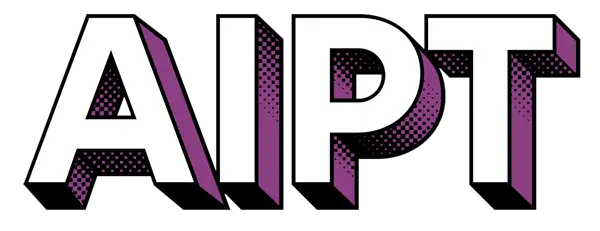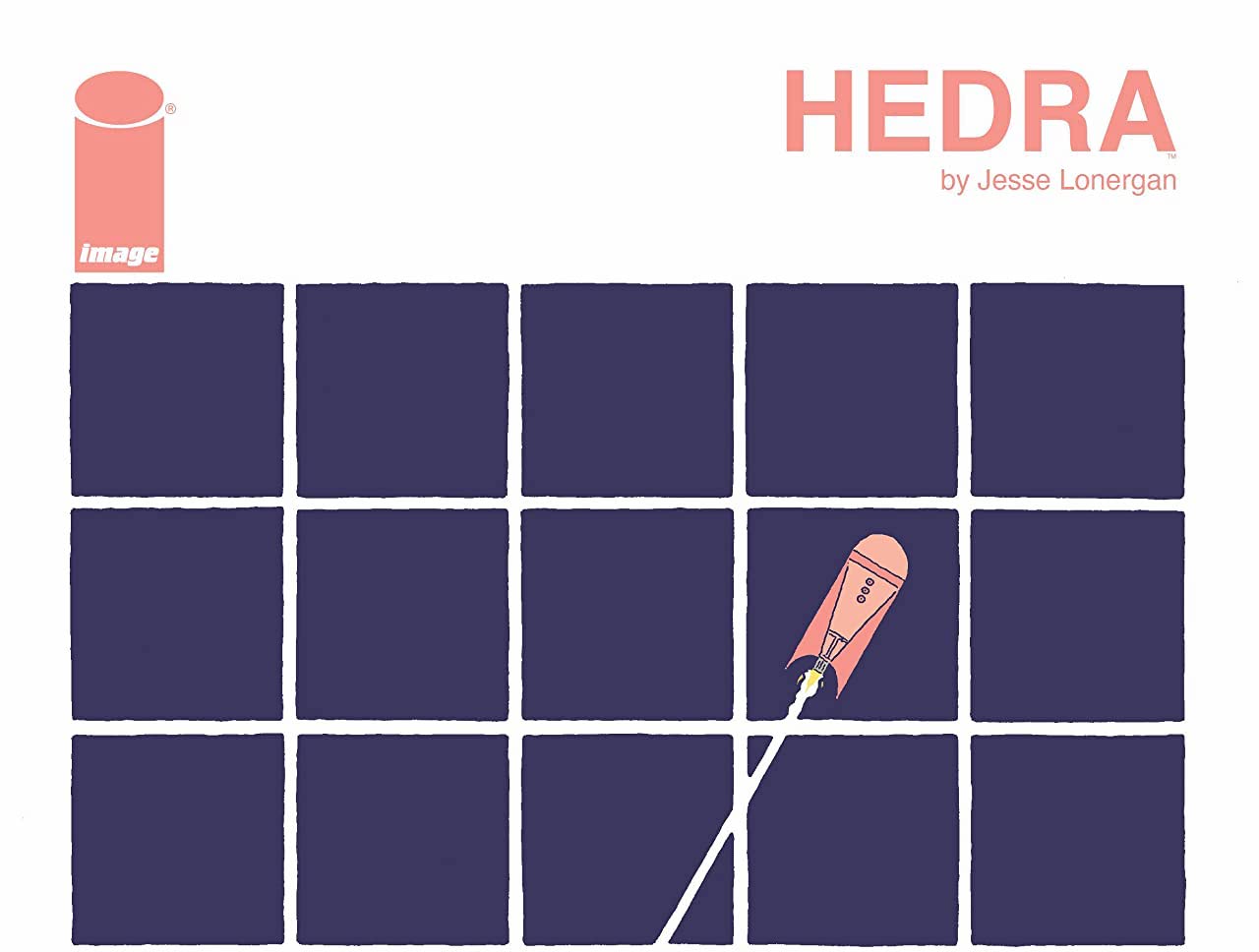Hedra is a new one-shot from Image Comics by Jesse Lonergan. This is a comic that shows exactly why Image Comics is at the forefront of interesting, independent comic book storytelling. In the ComiXology listing, Hedra is described as “a glorious exploration of the comics medium with echoes of 2001: A Space Odyssey, Flash Gordon, Chris Ware, and Moebius” and I couldn’t agree more. It’s a story of an astronaut’s singular journey to save humankind and it’s incredibly beautiful.
The story is a simple one, but almost deceptively so, much like how wars can start with a single firing of a bullet but a lot more is going on. The book starts with a missile being launched that holds within nuclear destruction. This leads to more rockets, more complications, and thus the end of humanity. Almost. As the story progresses, a single astronaut launches and discovers incredible things with the hope that they may save Earth. There’s a lot to chew on by the end of the issue in regards to the story, though you’ll likely be thinking about the art and layouts even more.
There isn’t a single word printed in this book. Instead, it’s told via imagery, lots of it. Lonergan varies layouts, some using 35 panels per page, to tell a story that’s visually arresting and incredibly absorbing. I ended up flipping through this book more than once, not only to take in the incredibly well-placed panels, but the pacing as well. The work will have your eyes dancing across the page, fully immersed in the visual story but also self-aware in how it is manipulating your attention and focus.
The color palette is also well defined, helping convey a before and after so to speak. Typically warm oranges and reds are used to start with yellows later on. This helps set the atmosphere but also defines story progression.

Credit: Image Comics
The structure of layouts is another element that helps tell the story in this comic. The intersection of panels, of elements running through panels, and even the use of gutters and how they interact with the art are all helpful in telling the story. A spaceship, for instance, uses a gutter as its propulsion line at one point.
There’s a point where you start to realize through the book’s ostensible simplicity that it’s far from simple, and in its complexity, there are more layers still to enjoy. If you’re at all interested in how a comic book can tell a story, or if you’re looking for more variety in how stories are told in the format, do not miss this issue.
Join the AIPT Patreon
Want to take our relationship to the next level? Become a patron today to gain access to exclusive perks, such as:
- ❌ Remove all ads on the website
- 💬 Join our Discord community, where we chat about the latest news and releases from everything we cover on AIPT
- 📗 Access to our monthly book club
- 📦 Get a physical trade paperback shipped to you every month
- 💥 And more!















You must be logged in to post a comment.